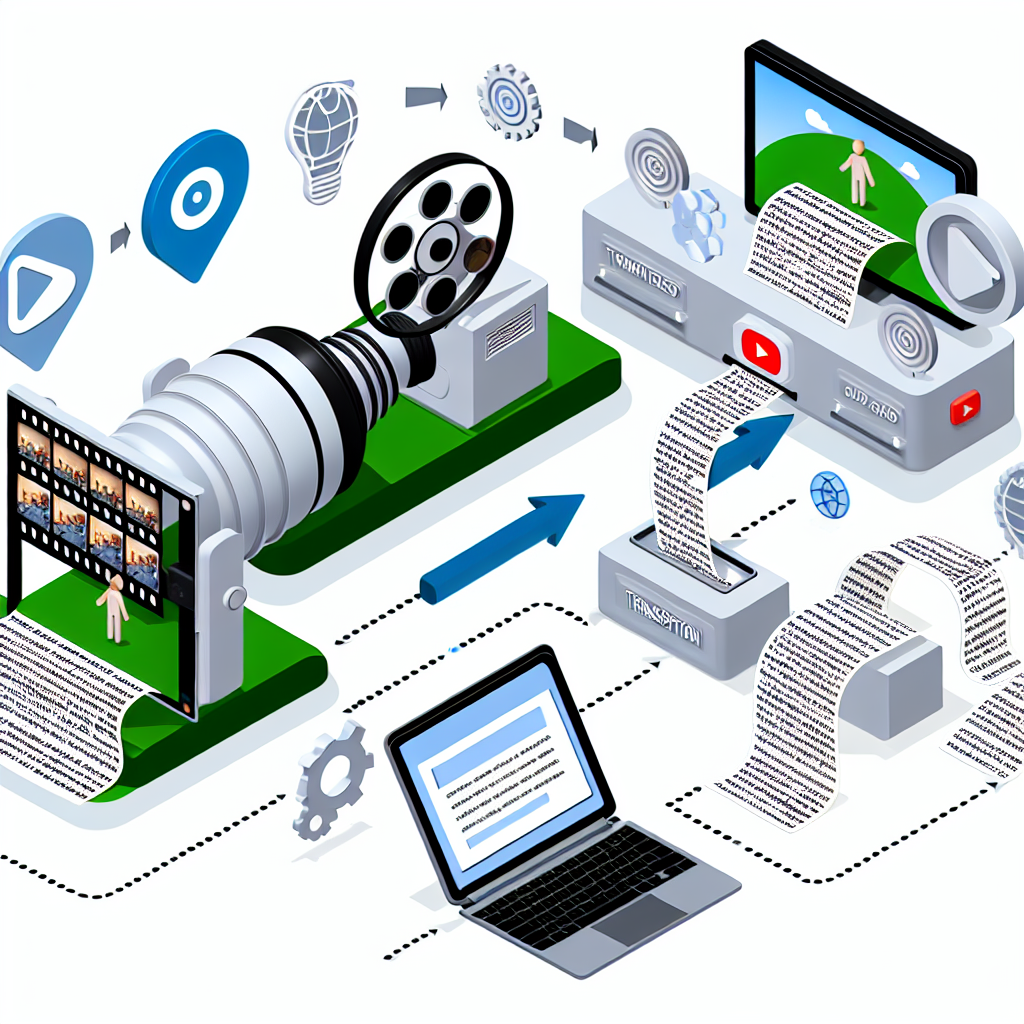Predictive SEO: Leveraging AI and Data for Tomorrow’s Rankings
Introduction
In today’s ever-evolving digital ecosystem, the competitive edge belongs to brands that can anticipate change — not merely react to it. As search engines like Google continuously evolve their algorithms to deliver more precise, intent-based results, the future of Search Engine Optimization (SEO) is becoming increasingly predictive. Enter predictive SEO: a forward-looking, data-driven strategy that leverages artificial intelligence (AI), machine learning (ML), and big data analytics to forecast shifts in search trends, user intent, and algorithm updates before they happen.
C-suite marketing and SEO professionals are no strangers to the disruption AI is causing across digital disciplines. Yet, few have capitalized on its profound potential to forecast performance outcomes and inform real-time, data-led decisions at a search level. Traditionally, SEO has been retrospective — optimizing content based on historical data, competitor benchmarks, and known algorithm factors. But with more sophisticated technologies emerging, companies are now equipped to flip the SEO model on its head.
Innovative SEO platforms powered by AI are already analyzing millions of data points to detect patterns in keyword volatility, seasonal trends, SERP (Search Engine Results Page) feature shifts, and even imminent Google algorithm updates. Predictive analytics empowers marketing leaders not only to anticipate content needs but also to refine user experience strategies and investment decisions across the digital funnel.
Forward-looking SEO practices signal a brand’s commitment to long-term growth, innovation, and resiliency. Implementing predictive models helps drive market foresight, prioritize high-return opportunities, and deliver superior value to both users and shareholders.
In an era when proactive marketing differentiates market leaders from followers, predictive SEO is no longer futuristic — it is fundamental. For organizations aiming to scale SEO as a strategic business intelligence function, now is the time to embed predictive models and AI-driven analytics into their digital blueprint. This article explores the emerging role of predictive SEO, supported by research insights, real-world applications, and strategic advantages that c-suite leaders must know in 2024 and beyond.
Features
Predictive SEO is grounded in some of the most advanced technologies reshaping business intelligence: AI, machine learning, and big data analytics. Its growing importance is supported by an expanding body of research in data science and digital behavior.
One cornerstone of predictive SEO is Natural Language Processing (NLP), which enables machines to understand the context and nuance of human language. A Google research paper titled “Understanding Queries Better with BERT” outlines how Bidirectional Encoder Representations from Transformers (BERT) — a deep learning model — has significantly improved Google’s ability to interpret search intent. With better semantic analysis, search engines reward content that anticipates user needs — not merely those that target exact-match keywords.
Moreover, the Stanford University AI Index Report 2021 suggests that NLP and natural language algorithms are forecasted to improve exponentially over the next decade. This acceleration enhances the accuracy of predictive keyword modeling and user engagement forecasting, both critical components in predictive SEO.
In parallel, other industries have demonstrated the power of predictive analytics in high-stakes environments. In medicine, for instance, epidemiology uses data models to anticipate outbreaks — a technique mirrored in SEO to forecast changes in search demand and user behavior. A study in the International Journal of Forecasting by Gorr (2018) validated predictive modeling approaches for interpreting human behavior patterns, further illustrating its scalability to digital contexts.
Leading SEO platforms such as BrightEdge, MarketMuse, and Clearscope apply these principles to real-world scenarios. They analyze vast datasets to determine ranking opportunities, flag SERP fluctuations, and drive content optimization. BrightEdge’s StoryBuilder, for example, detects real-time keyword trends, enabling marketers to publish timely content even before competitors react.
As pointed out by the MIT Sloan Management Review, predictive analytics in digital marketing drives up performance outputs by 5-6%. With marketing budgets under constant scrutiny, predictive SEO emerges as a vital strategy for resource efficiency, giving businesses the tools to align content planning and execution to forecasted demand and ROI.
Ultimately, predictive SEO is not just about understanding what users are typing into search today. It’s about anticipating — with data-driven accuracy — what they will search tomorrow, how they’ll search, and what content formats and experiences they’ll prefer. It turns traditional content planning into a vibrant, real-time insight engine.
Conclusion
Predictive SEO marks a transformative shift from reactive optimization to forward-thinking intelligence. By leveraging advanced technologies like AI, big data, and machine learning, it equips organizations with the foresight to preemptively adapt to search behavior trends, algorithm changes, and user expectations. For c-suite leaders, consistently applying predictive SEO is not just a strategy — it’s a core business function. In the race for digital relevance, early adoption of predictive SEO empowers brands to deepen engagement, ensure operational agility, and secure long-term visibility in organic search.
References
– Google AI Blog – Understanding Queries Better with BERT
– BrightEdge – Real-Time SEO Data
– MIT Sloan Management Review – The Competitive Advantage of Data-Driven Organizations
– Stanford AI Index Report 2021
– Gorr, W. L. (2018). Forecasting for Public Institutions. International Journal of Forecasting
– MarketMuse
– Clearscope
Concise Summary
Predictive SEO revolutionizes traditional search optimization by leveraging AI, machine learning, and big data to anticipate user behavior, keyword trends, and algorithm changes before they happen. Unlike reactive SEO strategies, it empowers brands to stay ahead of digital shifts, improving efficiency, engagement, and visibility. With technologies like NLP and platforms like BrightEdge and Clearscope, businesses can forecast ranking opportunities and strategically build content that meets future demand. For enterprise leaders, adopting predictive SEO ensures greater ROI, agility, and competitive advantage in a rapidly evolving digital search landscape.

Dominic E. is a passionate filmmaker navigating the exciting intersection of art and science. By day, he delves into the complexities of the human body as a full-time medical writer, meticulously translating intricate medical concepts into accessible and engaging narratives. By night, he explores the boundless realm of cinematic storytelling, crafting narratives that evoke emotion and challenge perspectives.
Film Student and Full-time Medical Writer for ContentVendor.com
